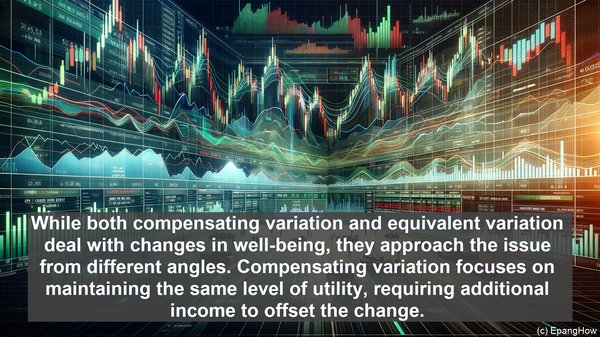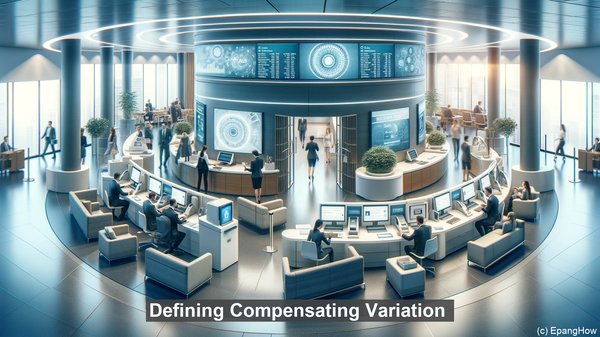Introduction: The World of Economic Analysis
Hello everyone! Welcome to our article on the fascinating world of economic analysis. Today, we’ll be diving into the differences between two important concepts: compensating variation and equivalent variation.
Defining Compensating Variation
Compensating variation, often abbreviated as CV, is a concept used in welfare economics. It measures the monetary compensation required to keep an individual at the same level of well-being after a change in their circumstances. For example, if the price of a good increases, the compensating variation would be the additional income needed to restore the individual’s original level of utility.

Understanding Equivalent Variation
Equivalent variation, or EV, is another welfare economics concept. It quantifies the monetary change in income that would make an individual indifferent between two different situations. For instance, if a policy change leads to a decrease in the price of a good, the equivalent variation would be the reduction in income that would leave the individual equally satisfied as before.
Key Differences: Compensating Variation vs Equivalent Variation
While both compensating variation and equivalent variation deal with changes in well-being, they approach the issue from different angles. Compensating variation focuses on maintaining the same level of utility, requiring additional income to offset the change. On the other hand, equivalent variation concentrates on achieving the same level of satisfaction, often resulting in a change in income. In a way, compensating variation is about monetary compensation, while equivalent variation is about achieving the same level of satisfaction through income adjustments.
Applications in Policy Analysis
The concepts of compensating variation and equivalent variation find extensive use in policy analysis. By quantifying the monetary impact of policy changes on individuals, economists can assess the distributional effects and overall welfare implications. These measures help policymakers make informed decisions and understand the potential trade-offs involved in different policy options.

